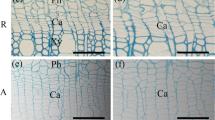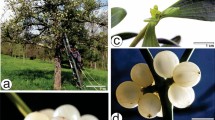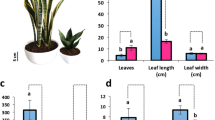Abstract
THE points at issue between Prof. Williamson and myself remain in the same position as at first. He has not yet answered one of my objections. He still holds that in Lepidodendron we have a vascular medulla, outside which is a series of fibrovascular bundles which are not closed, but go on forming new tissues by means of a cambium layer like a dicotyledonous stem. From my own observations, and from the study of recent Continental authorities, I have no hesitation in stating that the central “medulla” of Prof. Williamson consists of the united closed, fibro-vascular bundles, while the investing cylinder is the modified primitive tissue which increases in diameter by means of the meristem layer of Nägeli. If Prof. Williamson will refer to Sachs' Lehrbuch, Ed. 2, p. 397, he will find good reasons given for the statement there made that Isoëtes contains no cambium in the stem; but that the stem increases in the same way as Dracæna, i.e. by a meristem layer in the primitive tissue. As long as Prof. Williamson believes in a central vascular medulla in these Lycopodiaceous stems, all his other conclusions must likewise be false.
This is a preview of subscription content, access via your institution
Access options
Subscribe to this journal
Receive 51 print issues and online access
$199.00 per year
only $3.90 per issue
Buy this article
- Purchase on SpringerLink
- Instant access to full article PDF
Prices may be subject to local taxes which are calculated during checkout
Similar content being viewed by others
Author information
Authors and Affiliations
Rights and permissions
About this article
Cite this article
M'NAB, W. Exogenous Structure in Coal-Plants. Nature 4, 505 (1871). https://doi.org/10.1038/004505a0
Issue date:
DOI: https://doi.org/10.1038/004505a0



